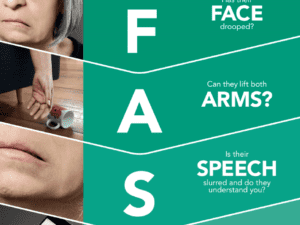Are you having a hard time planning?
Planning seems like a skill that we should all have, but that is unfortunately not the reality. For many children, teenagers, and adults, difficulties with planning is a huge barrier to success. Planning is a domain of executive functioning, and difficulties with executive functioning are common in many conditions including Autism Spectrum Disorder (ASD) and Attention Deficit Hyperactivity Disorder (ADHD).
So how do we support planning skills?
Start by making planning visual. When we try to plan in our head, we rely on our memory, which can be another problem for those with executive functioning difficulties, as working memory is another key domain of executive functioning.
When we use visual cues, we are able to more effectively trigger our memory. This can involve strategies such as:
Using a diary, planner, or calendar
Making notes with the main content required such as “Lunch with LM” or “Drs appt 10:30am” can provide enough information for us to recall what the task is. The only catch with this is that the information needs to be displayed in a prominent area that will be seen daily. It’s no use having a planner if it’s covered with papers on the desk.
Using a visual schedule
Visual schedules typically involve the use of a picture and keywords to provide information regarding the sequence of events that will occur. When learning new tasks, or going to new places, it can help to have information regarding what will happen, and when. Visual schedules are also helpful when learning new tasks that have multiple steps such as brushing teeth.
Using checklists
If we are able to note all of the tasks that need to be completed, and tick them off as we go, we will be able to recall all tasks required, and which ones have already been completed. As an added bonus, feel a sense of accomplishment as each item is ticked off!
Setting reminders
Gone are the days of relying on other people for reminders! Smartphones and tablets now allow us to set reminders with an alarm for those time-sensitive tasks. This could include reminders to take medications at a particular time or a reminder that there is an appointment in an hour.
Breaking tasks down into manageable chunks
For example, deciding to clean the house seems like a huge, insurmountable task. By breaking it up into each room, we can more easily plan out which tasks need to be done in each room. This makes it seem more achievable and manageable.
Prioritising
It’s easy to get wrapped up in the easy tasks, or what we want to do instead of what we need to do. When we prioritise, we are able to identify which tasks need to be done first, and which ones can sit on the back burner. This makes it easier to get jobs done, as the most important ones such as doing an assignment or paying a bill are always completed first, and the less important tasks are completed when we have time.
In summary, there are many different strategies that can be used to support planning skills, and the strategies that work best for each individual will differ. Keep trialling different strategies to find what works best, and wait for the success to come.




